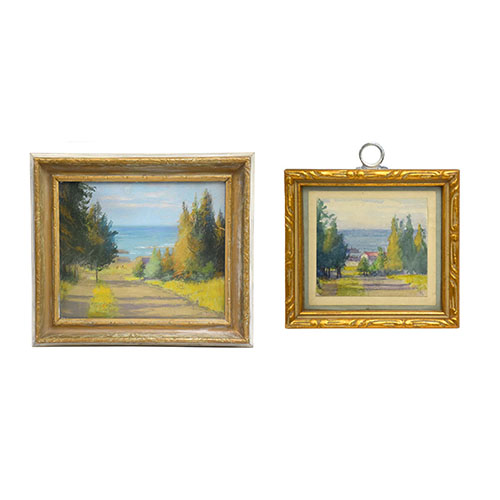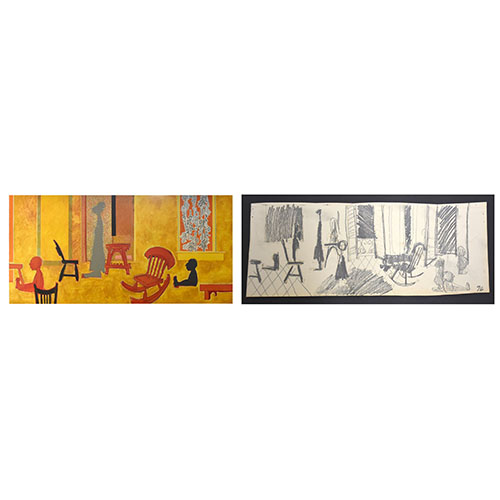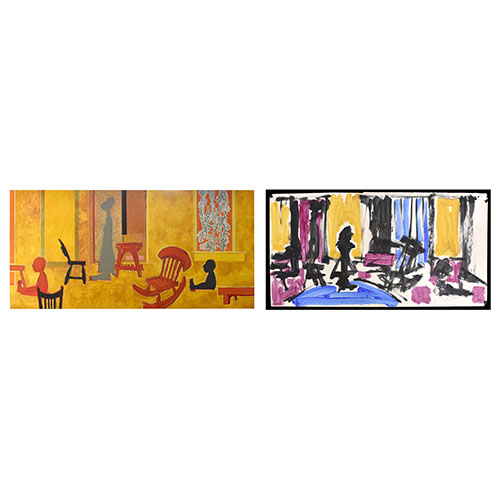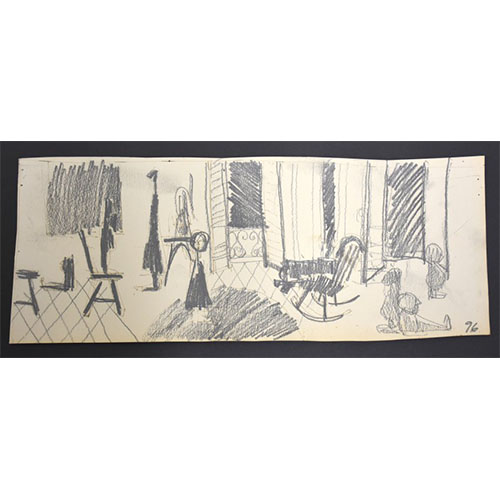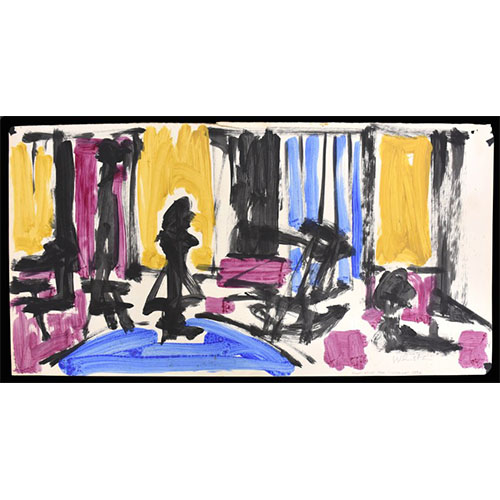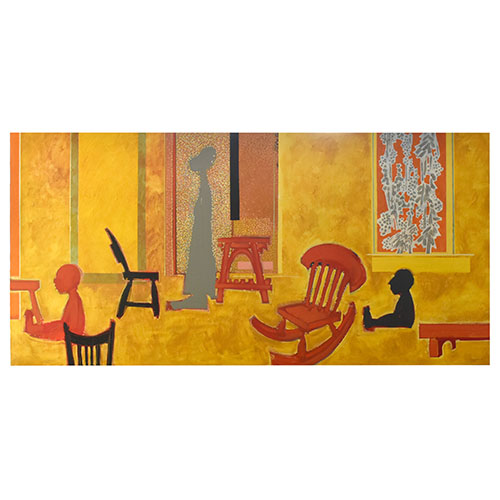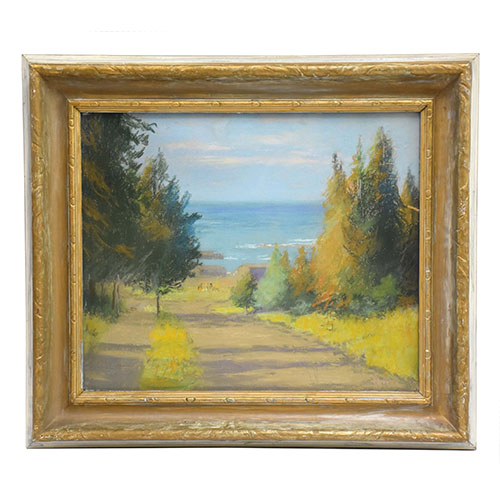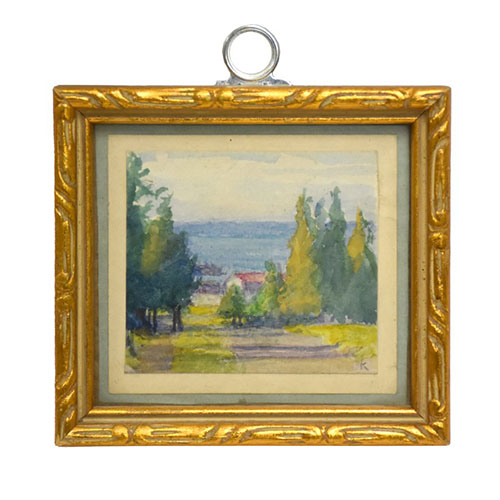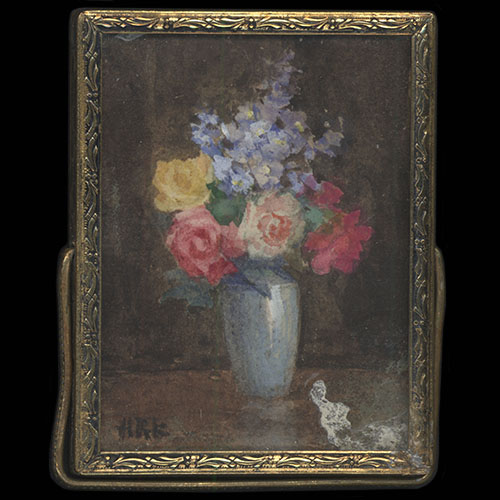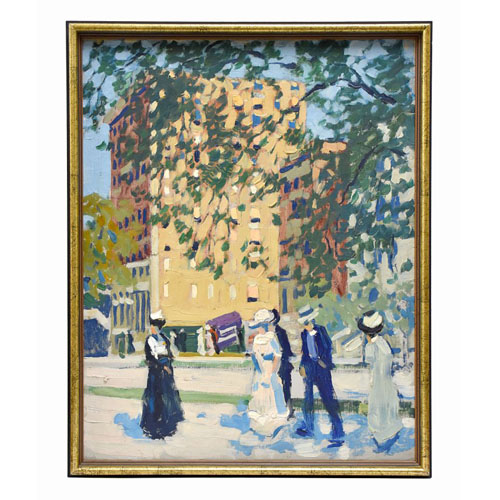A study is typically created before the start of a final artwork. These preliminary works allow artists to explore composition, tone and shadow, and experiment with various mediums. These studies can help solve problems or act as a confidence boost since all the guessing and unknowns were put on paper first.
One study format can be seen when an artist is exploring a single subject matter. These studies are practice to learn how to draw something specific. They can help an artist with their personal style or a chance to build their skill. An example of this type of practice study can be seen when an artist is learning how to draw the human form, such as hands. The artist will create several studies of a hand in various positions and will focus more on the form and shape. These initial sketches are typically loose in style and can be done quickly. Once the artist becomes more familiar, they can then begin to learn more detail. These sketches may take longer to create since the artist is now focused on learning how texture and shadow can transform the image. Once these practice studies are repeated several times, most artists will find drawing the hand to become second nature. The artist is then able to draw the form faster and with more confidence when incorporating it into other artworks.
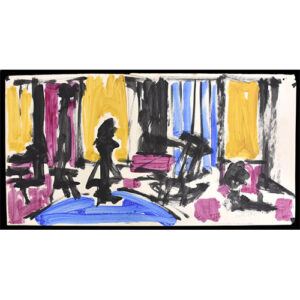
Some artists will use a value study to help determine where the light and dark areas should be laid out. Using a scale from light (white) to dark (black) and creating a mid-tone (grey), the artist can sketch out their image and add in their values to areas they feel fit. An example could be seen in a landscape sketch. Using a dark tone in the foreground versus a light mid tone in the background can help build perspective. Not using the light and dark tones in correct places could leave the image looking flat. Once the light and dark tones are finalized, the artist can use the value study to map out the correct colour tone placement.
Art Studies in the Collection
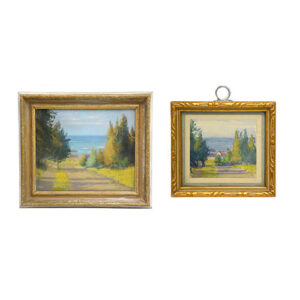 There is a miniature painting at the Bruce County Museum & Cultural Centre by artist Hannah Rusk Kelly that can be seen as a potential study for the painting titled ‘Road to Gobles Grove’. It is unknown if the artist had the intention of using the small watercolour as a study, but perhaps can be assumed with the similarities in the compositions. The watercolour study shows how the artist used a smaller scale to explore colour and how light affects the tonal changes in the trees, shadows on the ground, and perspective. Since the paintings are different mediums, the artist could have used the miniature as a map for composition flow and colour placement. The larger pastel painting appears more detailed and the subtle changes in the artist’s viewpoint are seen.
There is a miniature painting at the Bruce County Museum & Cultural Centre by artist Hannah Rusk Kelly that can be seen as a potential study for the painting titled ‘Road to Gobles Grove’. It is unknown if the artist had the intention of using the small watercolour as a study, but perhaps can be assumed with the similarities in the compositions. The watercolour study shows how the artist used a smaller scale to explore colour and how light affects the tonal changes in the trees, shadows on the ground, and perspective. Since the paintings are different mediums, the artist could have used the miniature as a map for composition flow and colour placement. The larger pastel painting appears more detailed and the subtle changes in the artist’s viewpoint are seen.
Studies can be helpful for artists who are creating oversized pieces. The artist can lay out their thoughts on a smaller scale to experiment before committing. The studies can sometimes match the final piece, or the studies can show multiple progressions by the artist.
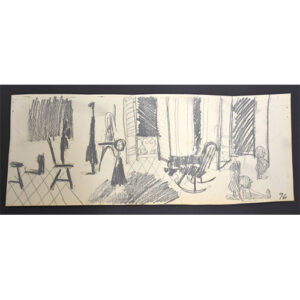 An example of this can be seen in the studies by artist Alan Weinstein that are part of the collection at the Bruce County Museum & Cultural Centre. These studies were used for the large-scale painting titled ‘Interior’. The initial study used black and the three primary colours to map out the figures and shapes. The use of light and dark helps to visualize how the composition flows. The pencil sketch study shows a more detailed layout by the artist and more intentional mark making of figures and shape placement. There are still some recognizable aspects to the study in the final piece, but you can also see how the artist took out some details. Creating these smaller scale studies would have allowed the artist to understand the flow of the composition. These studies were the starting point before transferring his vision to a large 6 x 12 foot painting which was in progress from 1996-2000.
An example of this can be seen in the studies by artist Alan Weinstein that are part of the collection at the Bruce County Museum & Cultural Centre. These studies were used for the large-scale painting titled ‘Interior’. The initial study used black and the three primary colours to map out the figures and shapes. The use of light and dark helps to visualize how the composition flows. The pencil sketch study shows a more detailed layout by the artist and more intentional mark making of figures and shape placement. There are still some recognizable aspects to the study in the final piece, but you can also see how the artist took out some details. Creating these smaller scale studies would have allowed the artist to understand the flow of the composition. These studies were the starting point before transferring his vision to a large 6 x 12 foot painting which was in progress from 1996-2000.
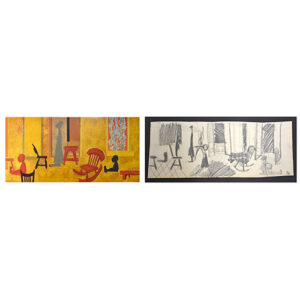
While not all artists use studies to create their artwork, they are beneficial for exploring their artistic vision. They allow for spontaneity and experimentation and in some cases, the studies become a piece of art on their own.
Sources:
https://www.artistsnetwork.com/art-mediums/drawing/make-the-most-out-of-your-sketches/
https://wastedtalentinc.com/value-study/
Accessions – A2006.026, A2009.064 and A2021.022

